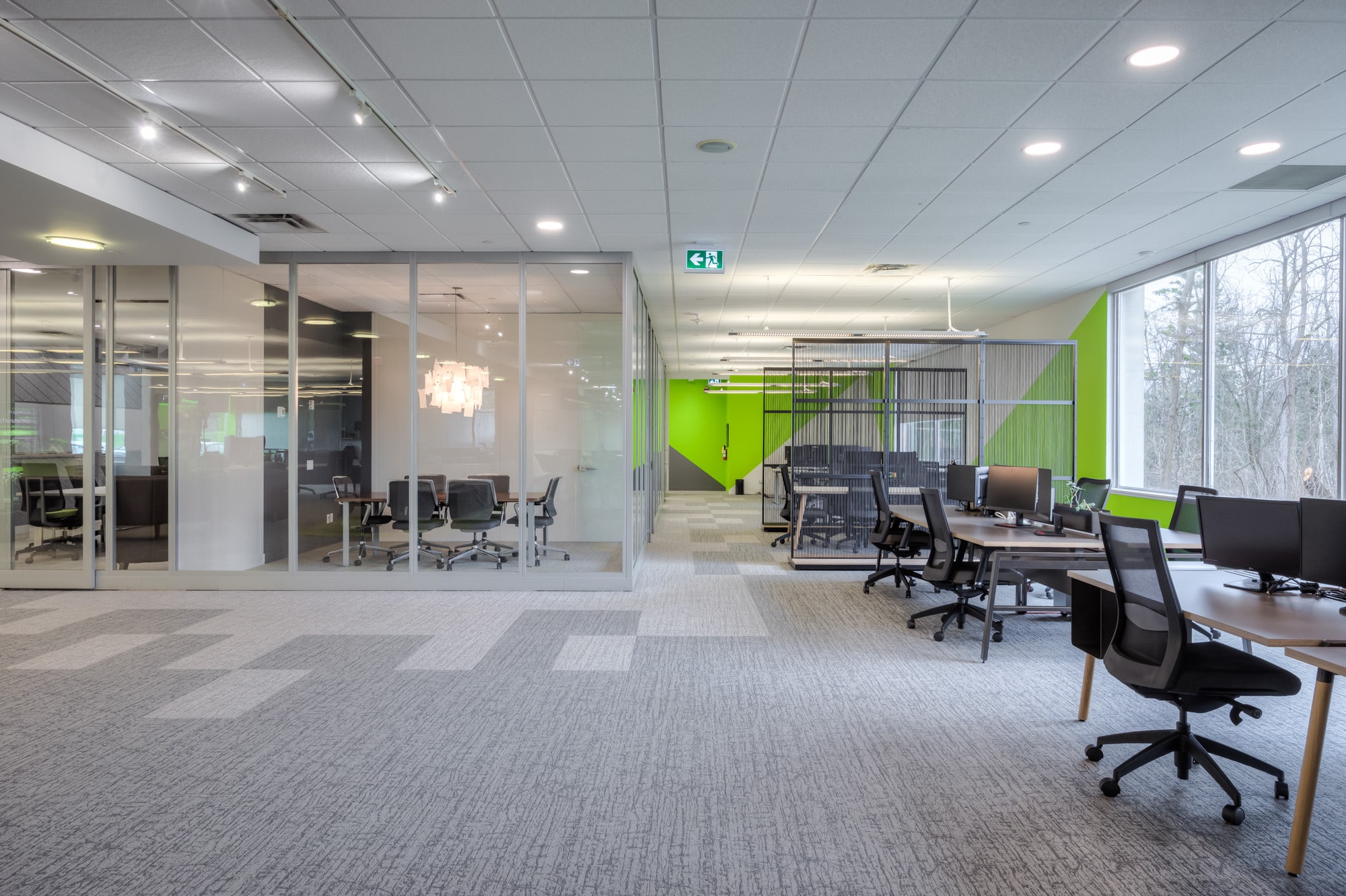Understanding and accommodating different work styles is essential for creating effective workspaces. By recognizing the varying preferences of employees, organizations can enhance productivity and job satisfaction.
Identifying Work Styles
Recognizing individual work preferences is crucial.
Employees often exhibit distinct work styles, ranging from collaborative to independent. Acknowledging these differences allows employers to create environments that cater to specific needs. For instance, some individuals thrive in open, social spaces, while others prefer quiet, secluded areas. Conducting surveys to understand team dynamics can be beneficial in this regard. This awareness can also help reduce conflicts and increase overall morale within the workplace.
Creating Flexible Workspaces
Flexibility in design promotes productivity.
A successful workspace should offer a variety of settings to accommodate different tasks and preferences. This may include private offices, collaborative zones, and informal meeting areas. Flexibility enables employees to choose environments that align with their current tasks, which can lead to enhanced focus and creativity. Additionally, incorporating adjustable furniture allows individuals to customize their space for comfort and efficiency. The ideal workspace is one that can adapt to the changing needs of its users.
Incorporating Technology
Technology plays a key role in modern work environments.
Integrating advanced technology into workspaces can significantly enhance communication and collaboration. Tools such as video conferencing systems, collaboration software, and shared digital platforms facilitate seamless interactions among team members. Providing adequate tech support helps to ensure that employees can utilize these resources effectively. Furthermore, technology can assist in tracking productivity and optimizing workflows. As digital tools continue to evolve, workplaces must keep pace to remain effective and relevant.
Designing for Collaboration
Collaboration spaces foster teamwork.
Creating dedicated areas for teamwork encourages collaboration and innovation. These spaces should be designed to promote interaction and idea sharing among employees. Features such as whiteboards, comfortable seating, and casual meeting rooms can stimulate creativity. Additionally, strategically placing these collaboration zones close to frequently used resources or departments ensures that employees can easily access them. Its important to balance collaborative areas with quiet zones to support various work styles effectively.
Encouraging Personalization
Personalized spaces boost employee satisfaction.
Allowing employees some degree of personalization in their workspaces can enhance their sense of ownership and comfort. This can be achieved by permitting employees to decorate their desks or choose their workspace layout. Personalization may also extend to the use of lighting or colour schemes that align with individual preferences. Research has shown that when employees feel a connection to their workspace, their overall satisfaction and productivity increase. Moreover, this approach fosters a sense of belonging within the organization.
Ensuring Ergonomics
Ergonomic designs are essential for health and efficiency.
An ergonomic workspace is vital for the well-being of employees and can prevent health issues. This includes utilizing adjustable chairs, desks, and screen placements that promote good posture. Companies should also provide resources or training on ergonomics to educate employees about maintaining their health while working. Investing in ergonomic solutions can lead to fewer sick days and enhanced productivity. Prioritizing employee wellness through thoughtful design demonstrates a commitment to their health.
Fostering a Positive Workplace Culture
A strong culture enhances employee engagement.
The physical workspace can significantly impact workplace culture and employee engagement. Designing spaces that encourage interaction and inclusivity can cultivate a sense of community. Incorporating areas for relaxation, socialization, and even wellness can contribute to a positive atmosphere. Organizing regular team-building activities within these shared spaces can further enhance rapport among employees. Ultimately, a supportive workplace culture promotes retention and attracts top talent.
Designing workspaces that cater to various work styles is essential for fostering productivity and employee satisfaction. By understanding the needs of employees and creating adaptable, ergonomic, and engaging environments, organizations can pave the way for success in today’s diverse workforce.

